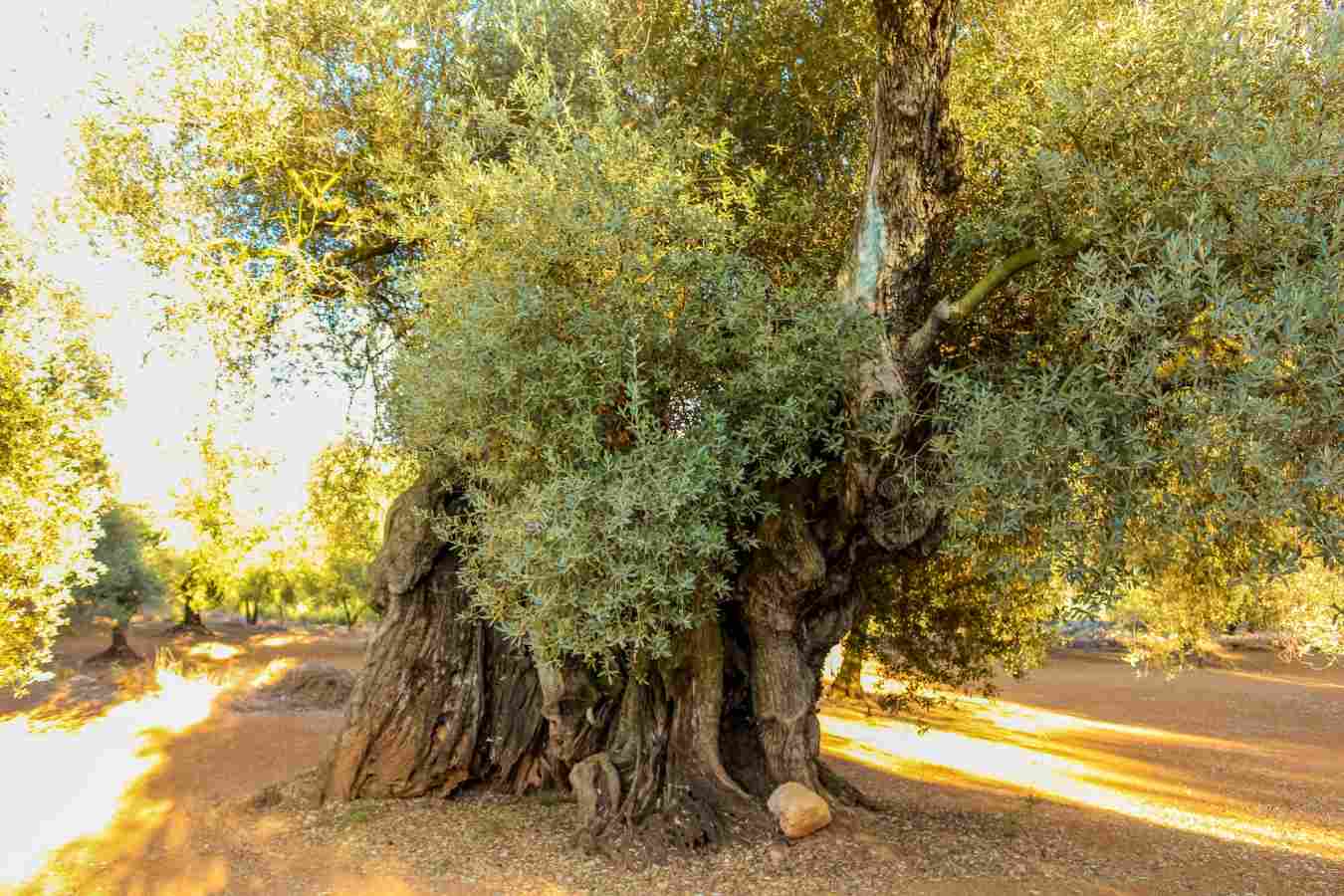Old Olive Trees | Millenary Olive trees
Witnesses of our history
In the North of the Valencian Region you can find the largest concentration of thousand-year-old and bimillenary olive trees of the FARGA variety (old olives trees), unique in the world, all of them PROTECTED by law and authentic LIVING MONUMENTS.
Protected by law and duly catalogued, they offer us year after year a few Kg. of olives, from which we extract a delicious and exclusive extra virgin olive oil, certified by a competent technician.
Ancient olive trees | Which olive trees can be considered Millenary?
Several centuries before Jesus Christ, the Phoenicians brought the culture of olive growing and olive oil production to the Iberian Peninsula. Some of these ancient olive trees are still standing today.
According to the measurements made by the experts and according to a generally accepted criterion, those olive trees with a trunk perimeter of more than 3.5m measured at 1.3m from the ground are considered to be Millenary, Monumental o Ancient Olive Trees.
Our ancient olive trees of the FARGA variety have been measured by a specialized technician who certifies the location, measurement and harvesting of the olives and the oil production system.
Our very limited and unique top product is the EVOO from our olive trees with a trunk perimeter of 6.5 to more than 9m, of which there are a hundred in our area, confirming the scarcity of oil from olive trees with these characteristics.
¿How old do olive trees get?
The intrinsic characteristics of the FARGA variety, the climate and the terrain are conducive to the long life of these olive trees, which have been able to adapt perfectly to the environment.
There are no other varieties known in our area with equal longevity, making them trees of incalculable botanical value.
Olive trees in spain | Where can the Millenary be found?
Our Monumental Olive Trees, FARGA variety, are located in the Lower Maestrazgo at the confluence of several villages where olive plantations abound, mixed with almond trees and scrubland.
Many of them are located just a few meters from the VIA AUGUSTA along it, which suggests the importance of olive oil in earlier times.
Oldest olive trees | are they protected?
In 2006, the Valencian Community introduced Law 4/2006 for the protection of MONUMENTAL TREES. The protection does not allow the uprooting, damaging and/or transplanting of these trees, obliging the owner to take proper care of them.
This law comes into force, due to the need to protect the arboreal patrimony since in previous years a plundering took place, with many Old Olive Trees being sold for decoration of large villas outside their natural habitat and even abroad.
Our Oldest olive trees protected by this law meet one or more of the requirements to be considered as such.
Photos of our Millenary Olive Trees
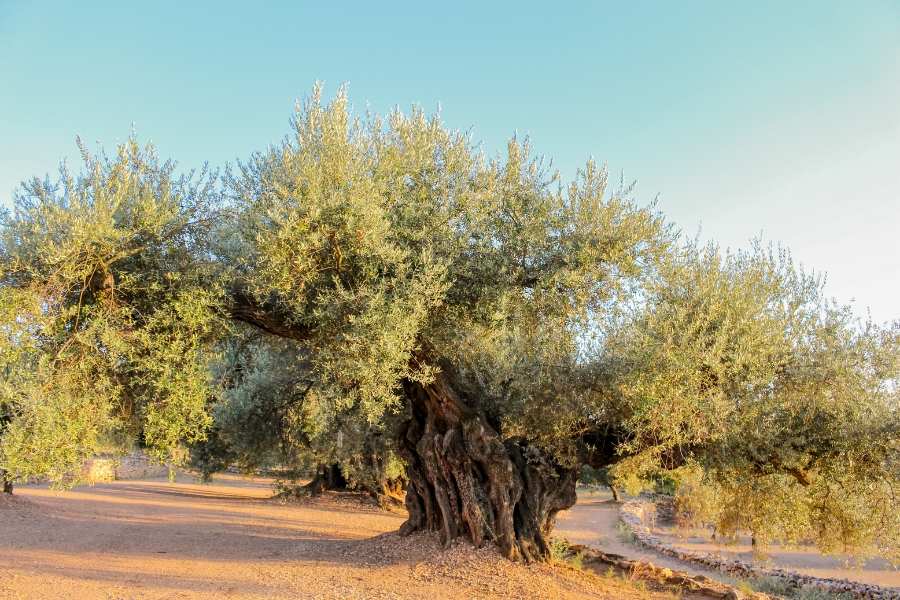
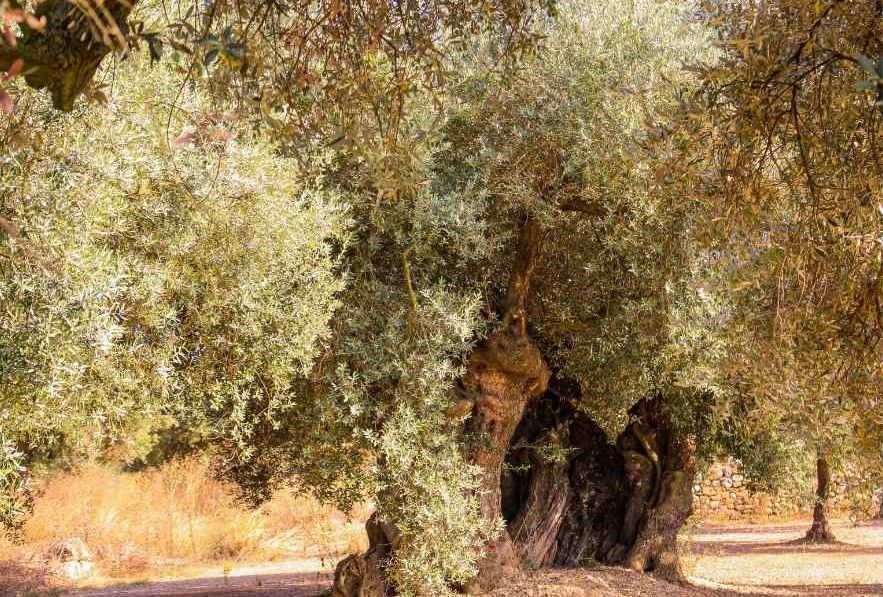
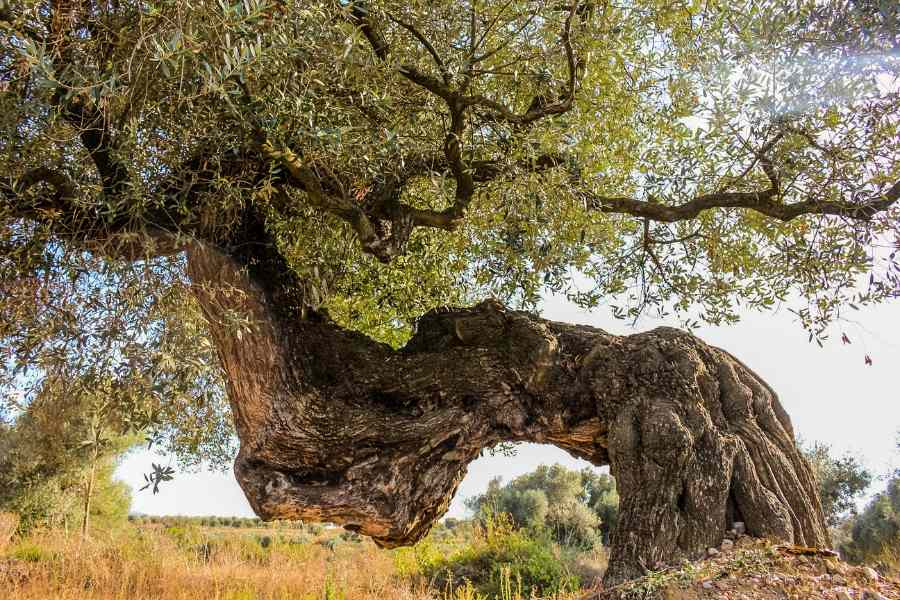
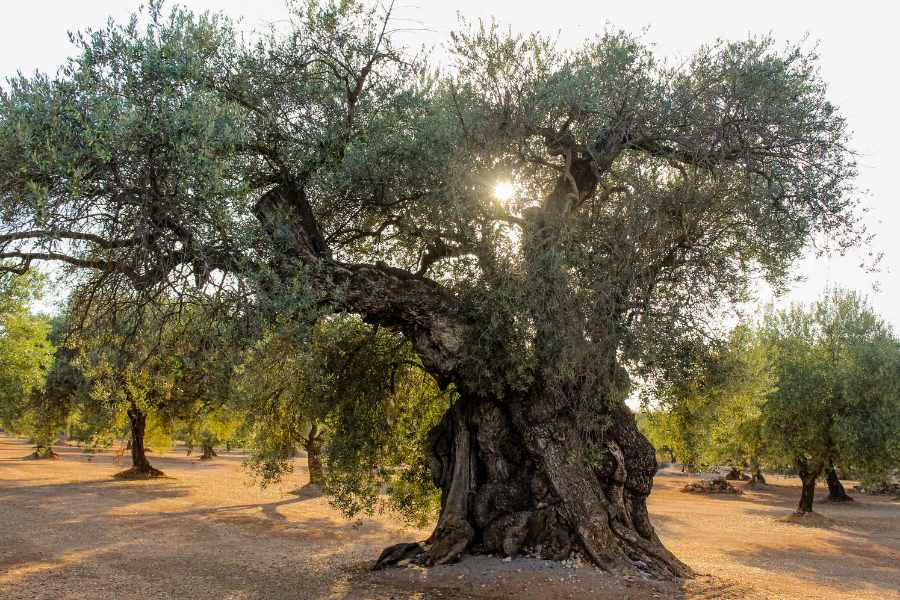
Dispersion
In 1956, there was a persistent frost and a large number of olive trees died, especially the old ones, so that the number of Millenary Olive Trees was greatly reduced.
The Millenary Olive Trees are scattered throughout the various smallholdings in the area, and it is not easy to find farms with more than 25 Millenary Olive Trees. Most of the time harvesting is complex as it is necessary to visit several farms to get a batch of olives.
On average, there is 1 olive tree every 5 hectares, which indicates the wide dispersion of this category of olive trees.
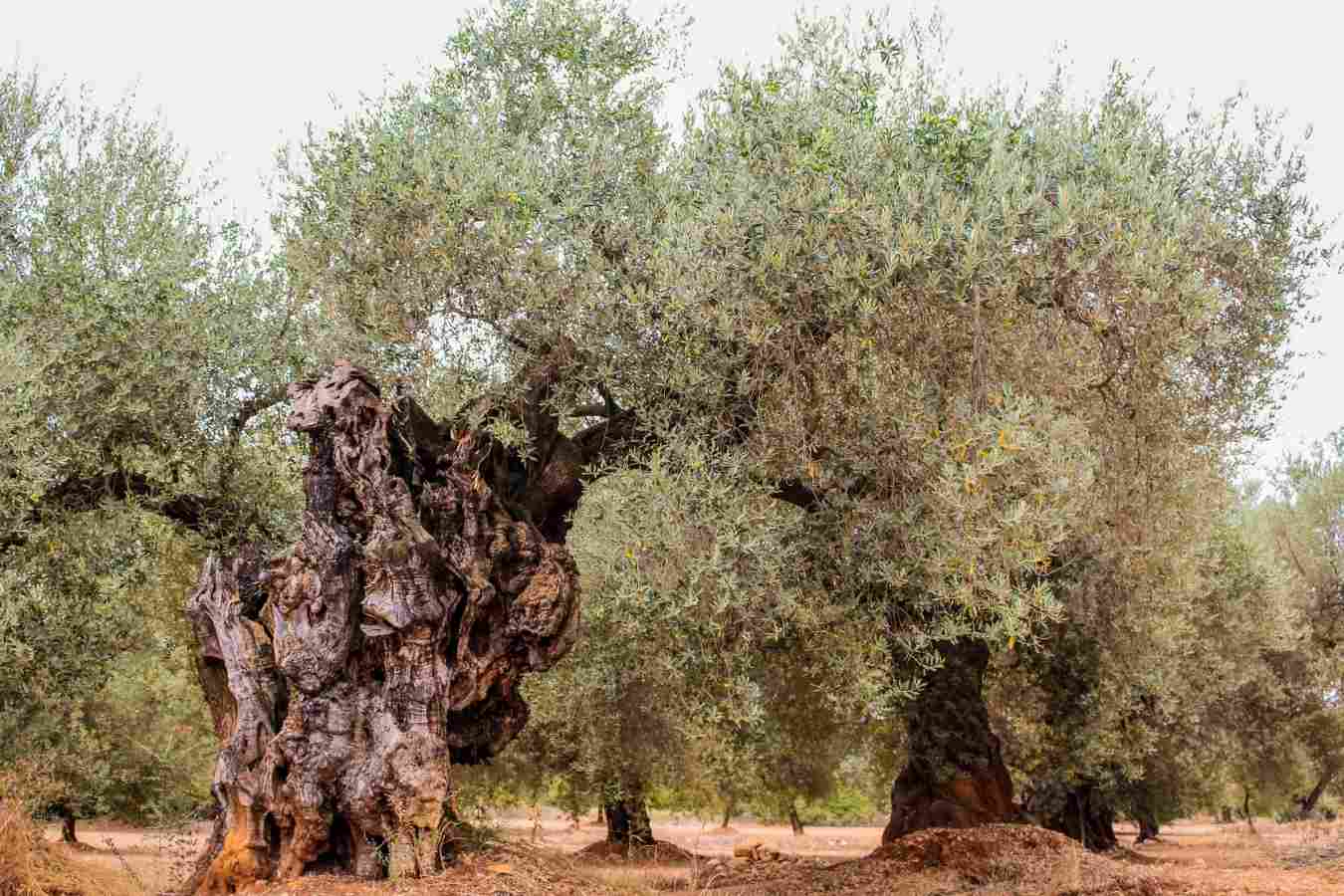
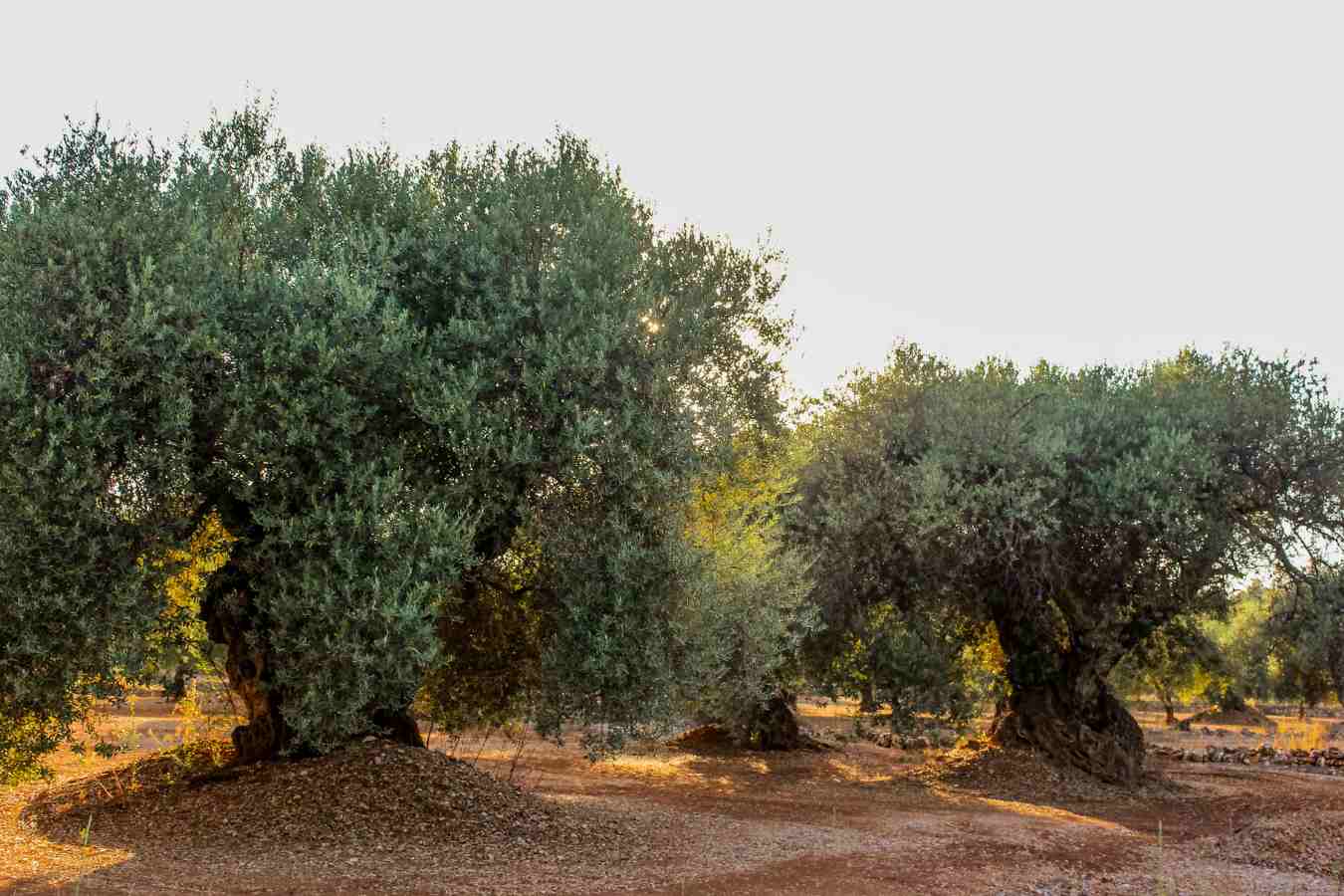
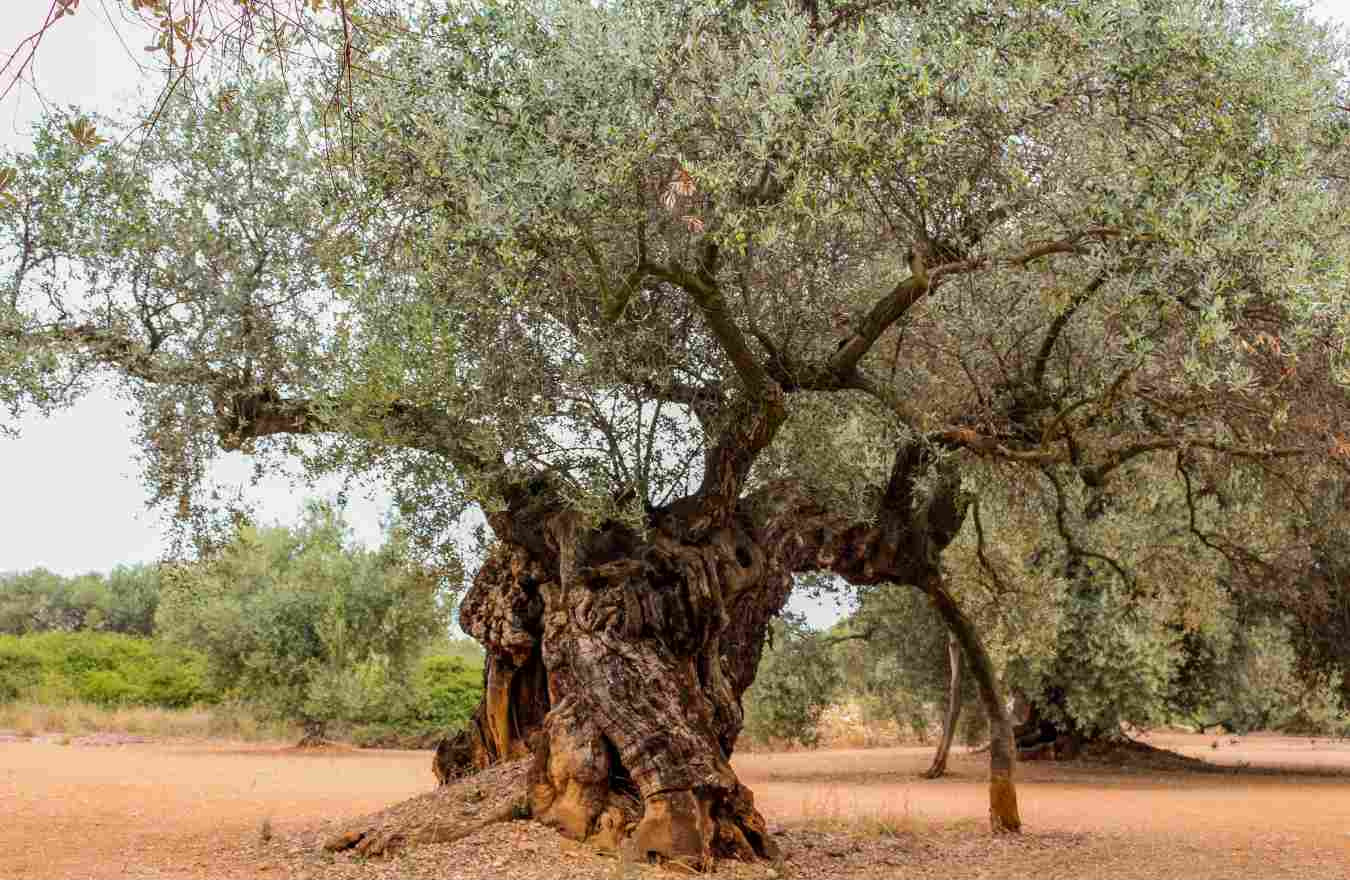
Growing
Our ancestors taught us how to cultivate these Monuments which, due to their characteristics, must be treated in an almost personalized way. The Farga olive tree requires special pruning, taking care to ensure the internal aeration of the tree due to its size, as well as the entry of sunlight, which should be neither too much nor too little.
The large branches make it difficult for machinery to pass under the olive tree and the large perimeter of the trunk in its lower part is also an obstacle to tillage.
In the old plantations, the trees were not aligned and were planted where there was room to do so, making mechanization difficult.
Strong winds seriously affect the olive tree of this variety, with the tree being much leafier on the opposite side to the dominant wind (north-west). Our farms do not have artificial irrigation due to the lack of underground water, although rainfall exceeds 400 ml/year.
The FARGA olive trees are interspersed with olive trees of other varieties, in the same plot there are FARGA olive trees of different ages, when one died, another was planted in its place with a wild olive tree seedling which was then grafted on.
We can see that some of the old FARGA olive trees are grafted, while others are directly FARGA variety planted.
The olive tree of this variety is very versatile, normally if one year it produces a lot of olives in the following two years it produces less than in that good year, there are even years when it has no production, it rests.
Harvesting
During the preveraison period, we choose the most suitable farms and even select the olive trees with the best olives, waiting for the right date to start harvesting, which will be finished within a week.
We work with groups of three people and with manual vibrators, which go around the small farms looking for the catalogued Millenary Olive Trees and collecting as many olives as possible, being difficult to exceed 75% of the total production of the olive tree due to its size.
The olives are placed in 20kg ventilated food-plastic crates and within an average of 4 hours are taken to the mill for conversion into olive oil.
Harvesting usually takes place between the second and third week of October, thus obtaining a fresh, green and excellent oil.
